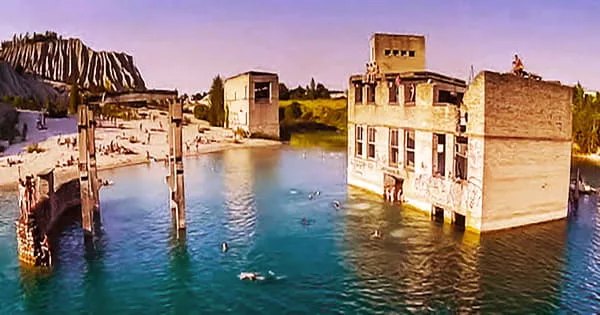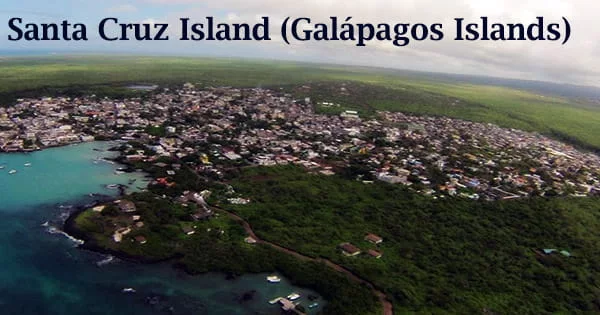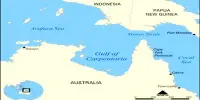Rummu Underwater Prison (also known as Rummu Quarry) and its nearby ash hill are a unique combination and a fantastic day trip location. Rummu, Vasalemma Parish, Estonia, Europe has a submerged limestone quarry. Much of the quarry’s natural area is submerged beneath a lake produced by groundwater and is next to a spoil tip.
The finest view of the now-abandoned Rummu jail is from the ocean. The quarry is located near two old prisons, the closest of which is the Rummu jail. The majority of visitors come to Estonia for a one-day stop on a cruise ship vacation. Those with the means to go further might plan a day of adventure that even James Bond would find appealing. Rummu and Ämari offer tourists the option to enjoy some off-the-beaten-path activities that will make them feel like secret agents.
The remains of an abandoned prison camp outside of Rummu, Estonia, were once a fearsome stone structure, but are today a popular beach destination. The Soviet Union had previously built the jail in the 1940s. It was constructed in a suitable position, on the rim of a limestone quarry where the prisoners were compelled to work.
The quarry was first dug in the late 1930s for open mining of limestone and Vasalemma marble. The latter is a particular type of limestone with a marble-like structure and feel. The history of this semi-submerged jail is bleak. Prisoners were compelled to labor in the quarry until Estonia won independence from the Soviet Union in the early 1990s when it was abandoned.

When the water was stopped being pumped out, the quarry soon filled with groundwater, producing a lake that submerged parts of the utility buildings and machinery. The Vasalemma spoil point is located next to the lake (slag heap). The spoil tip developed a distinct look over time as a result of water erosion. It was a hard labor jail with some 400 convicts, and the lake that tourists see now was formerly a limestone quarry where the inmates were forced to work.
After the collapse of the USSR and the subsequent establishment of a once-more independent Estonia (1991), both the quarry and the jail were abandoned, and the entire region quickly transformed into a large lake that finally devoured most of the buildings and associated infrastructure. The region became flooded as a result of the lack of maintenance.
The prison’s supposedly impregnable walls were not to survive indefinitely. The inmates were forced to till the field while the guards stood in the structures and towers watching. During this period, subterranean springs leaked water, which had to be constantly pumped out to keep the quarry-bed dry. In 2001, the Rummu and Murru prisons were amalgamated, and in 2004 they were integrated with the Harku women’s jail. All of these prisons were permanently closed on December 31, 2012.
Some of the ancient prison’s construction may still be seen on land today, as it protrudes from the crystal clear lake waters. The submerged remains under the waters have become a popular destination for divers and daring beachgoers. Following the closing of the Rummu quarry, the region became a popular site for nature photography, hiking, rafting, and scuba diving, as well as a summer destination, musical and sporting events, and filmmaking due to its distinctive layout.
The towering limestone dunes and pure, blue sea, though, make the sight really fascinating. The location is almost hard to reach by automobile, as cars are not permitted to halt near the quarry’s entrance gate. During the summer, parking along the Keila-Haapsalu route was an issue, as the roadsides were clogged with parked automobiles, making it impossible to get past them.
The Rummu Prison is currently accessible as an adventure center throughout the summer, with a 3€ admission fee. Snorkeling, paddleboarding, and canoeing are just a few of the activities available. Due to the high visibility of the natural groundwater, the Rummu Underwater Prison is a popular diving spot.
Divers love exploring the buried ruins and looking for frogs and other aquatic life. Locals transform it into an exciting beach resort in the summer. Jumping into the lake from abandoned structures is extremely risky, and experienced divers have warned against it, citing the presence of thick concrete, tree branches, rebar spikes, metal construction (including machinery), and lots of barbed wire in the lake bottom.
















